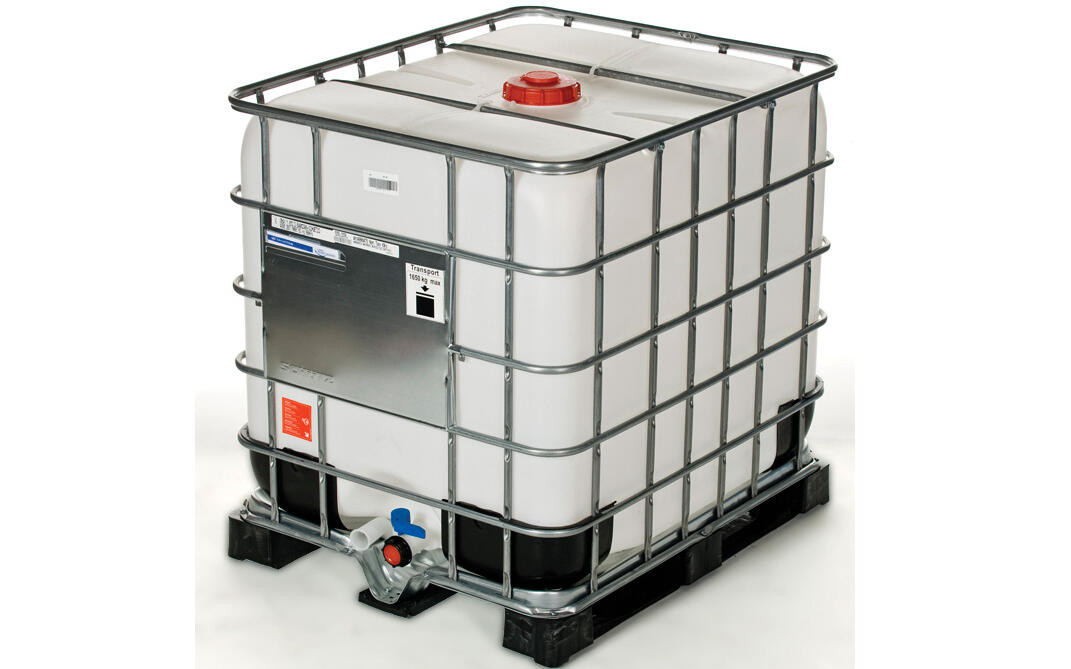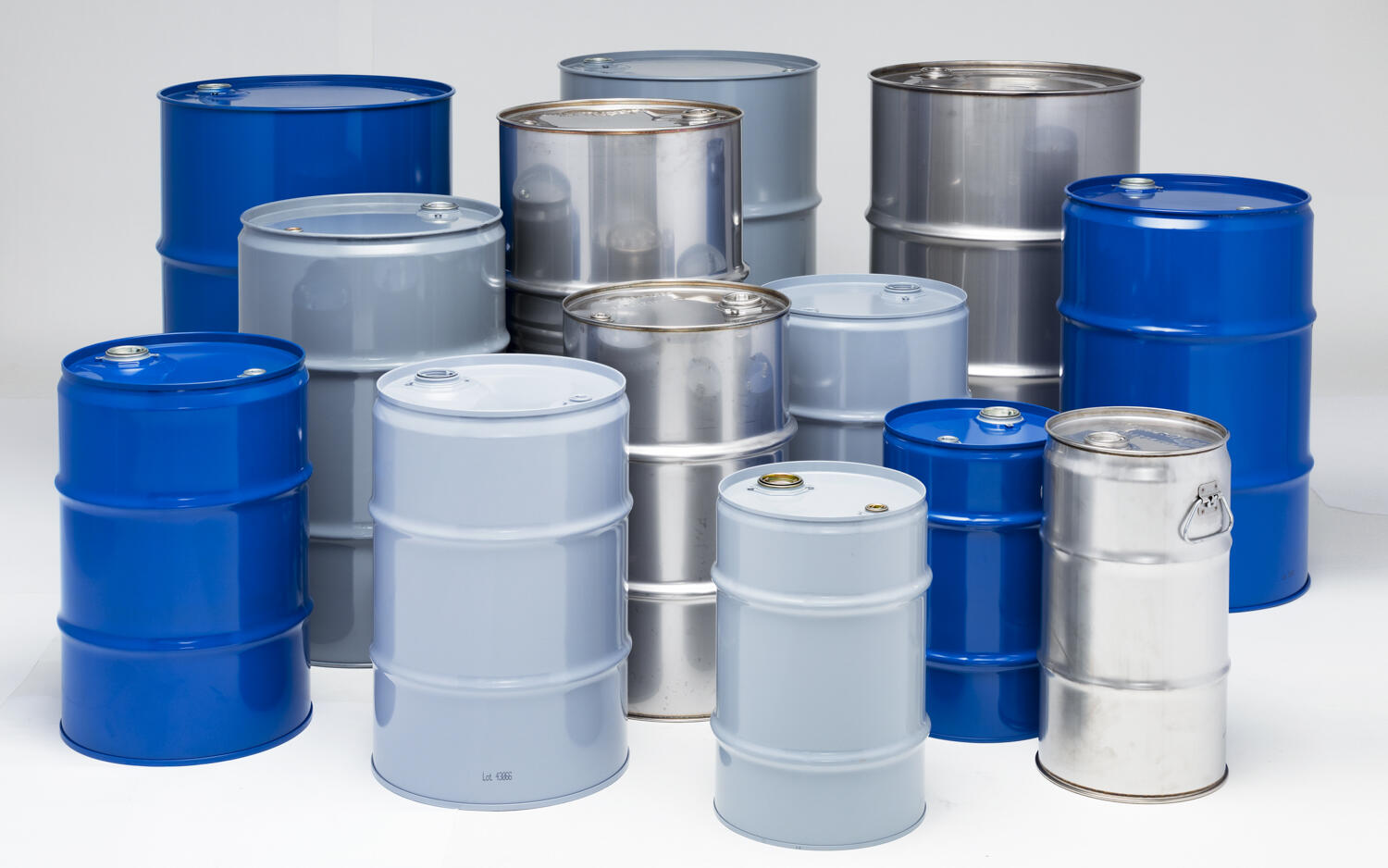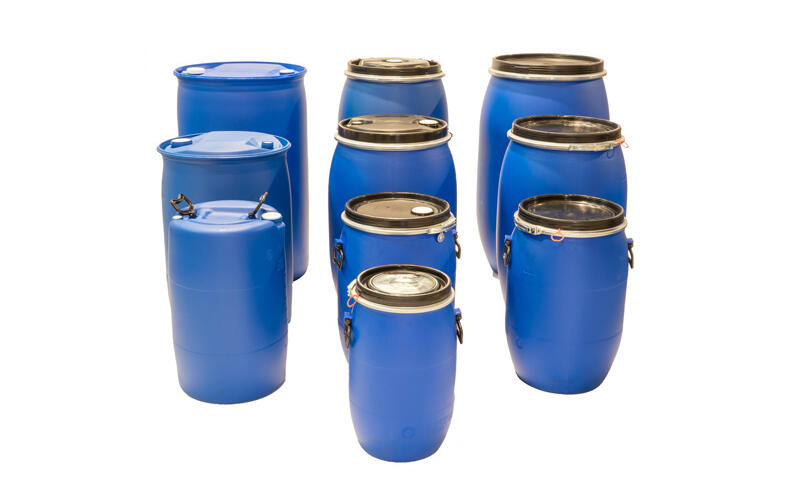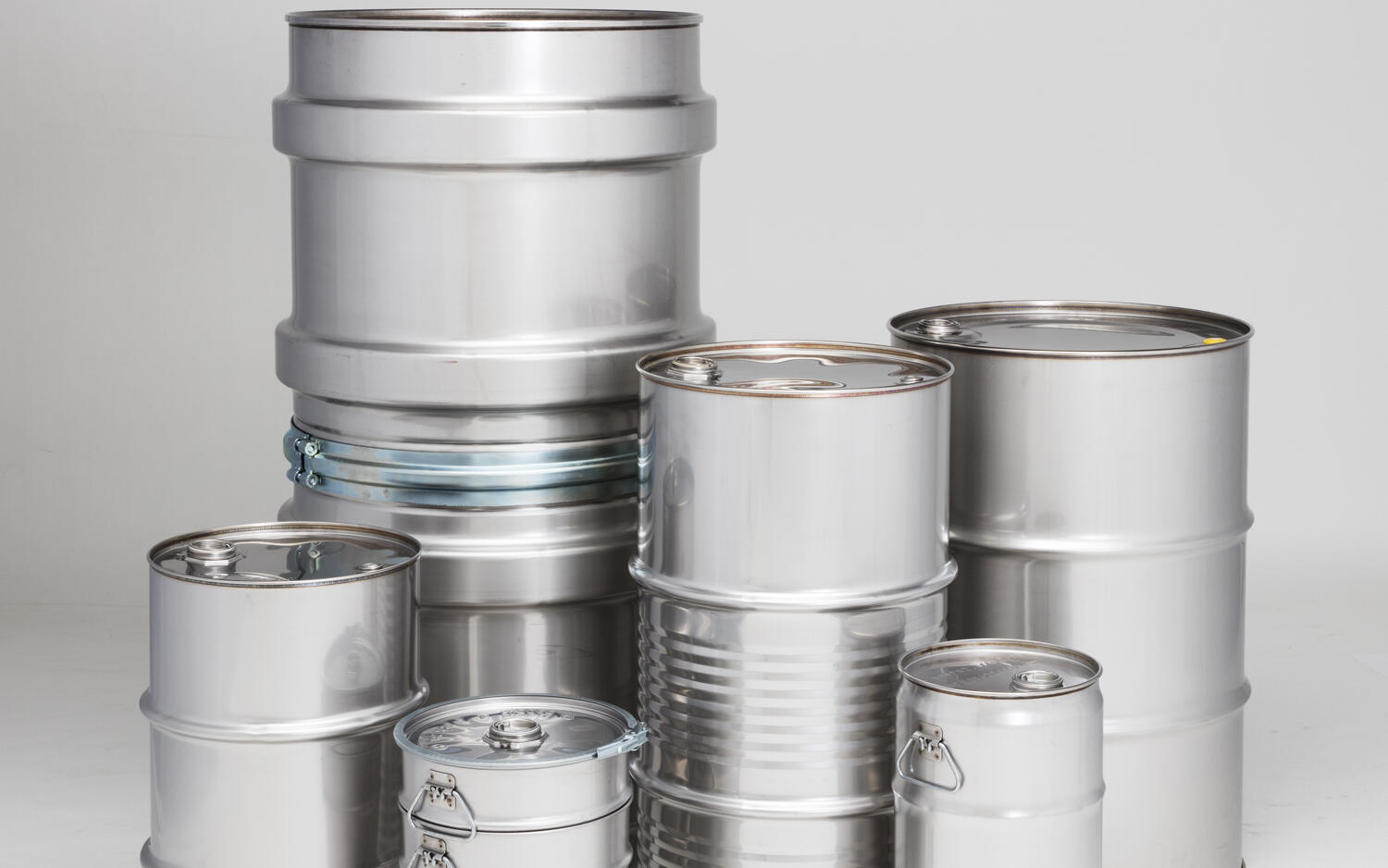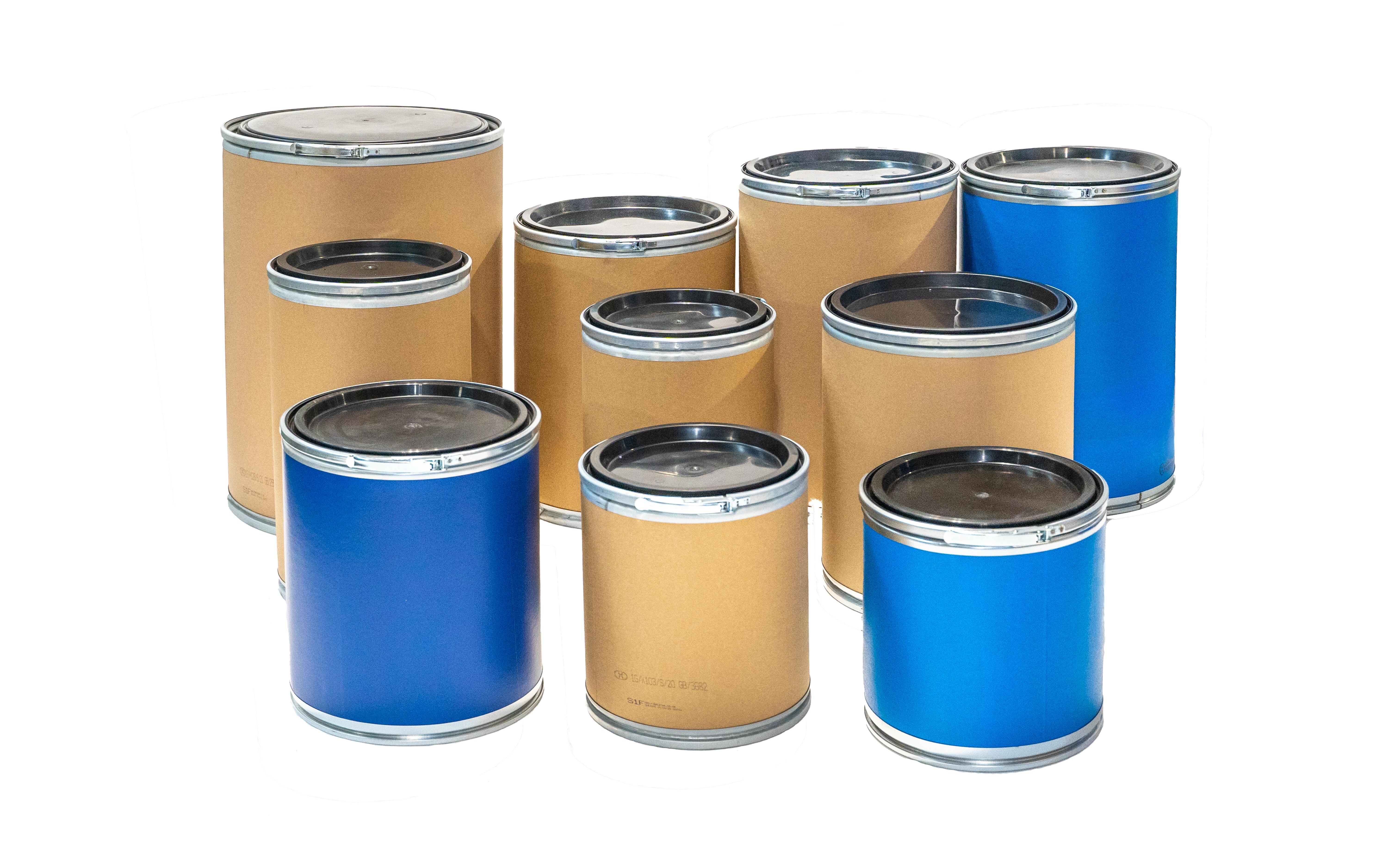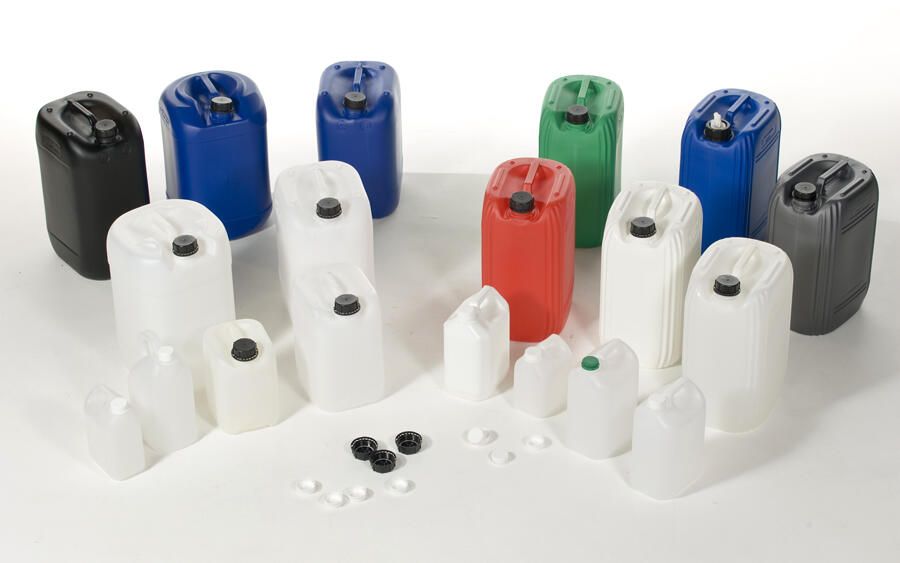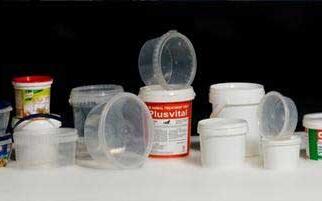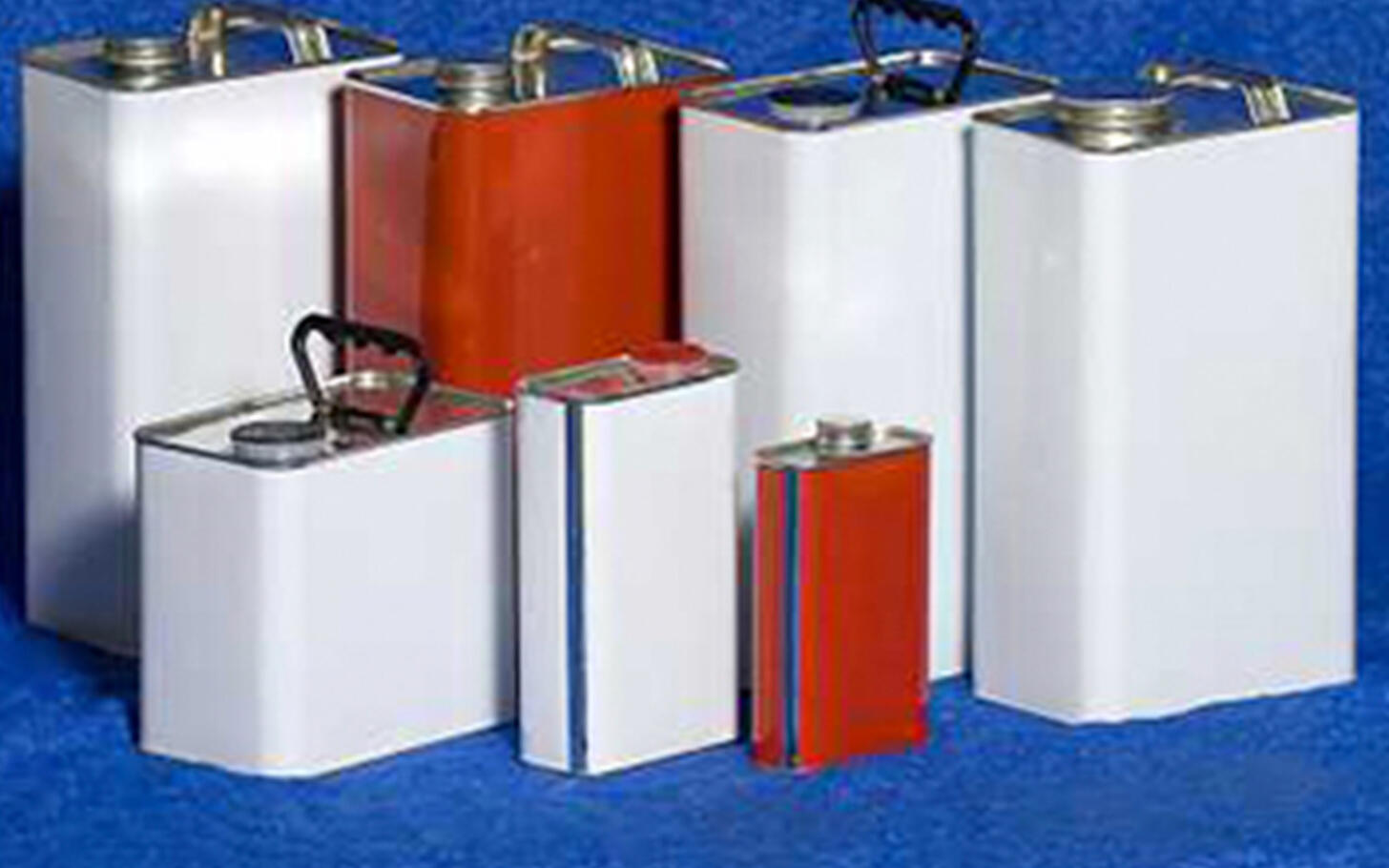Introduction to Value add service supplier
Manufacturers and distributors play different roles in packaging supply.
A manufacturers main role is to produce large quantities of a packaging keeping their machines running. A distributor helps to get the product to the right place, add flexibility to the supply chain by breaking MOQs and offer logistical know how. Both are important activities but both of these parties can create inefficiency.
Statements like “A distributor is just another layer of expense” and “I don’t do business with distributors” are made every day and sometimes understandably so.
Distributors are “middle people” and often don’t provide value for what they take in profit.
As customers look to squeeze out inefficiency and get more services for their money a new “value add service supplier” a VASS has emerged. Value add service suppliers take the best elements of manufacturers and distributors and remove the inefficiencies.
Let us look at why distributors are necessary.
Complex markets need Distributors
Markets with many participants buyers, sellers, distributors and VASS are complex.
A lot of packaging is bought by a small group of bigger companies. Because of the scale of their purchasing these companies have direct relationships with the largest packaging manufacturers for their main products.
But a large volume of packaging and many purchasing scenarios are not subject to this direct relationship model.
For instance:
• There are small customers that want to buy from big packaging manufacturers (who don’t have the time to serve the small companies.
• There are small customers that want to buy from smaller niche packaging manufacturers that might not have the resources to provide all the services required.
• There are larger customers with unique needs that are best served by a Vass but they may have difficulty finding the right one.
As a result thousands of customers and hundreds of manufacturers benefit from having distributors in the market.
But this doesn’t mean that packaging distributors are the only answer. Packaging distributors can sometimes be unsophisticated and add little value for the fees they charge. The smart supply chain executive may see that doing business with a distributor can be an issue and the same executive may also see some pitfalls in how manufacturers approach “their” business. To make this case clear, we will describe each of the players in the supply chain starting with the manufacturers.
The traditional manufacturer
A traditional manufacturer owns assets (machines and buildings) to generate the best return on the investment. These manufacturers are usually expert at selecting the correct machinery, materials and location to produce and run their machines efficiently.
A manufacturer’s tangible assets represent a huge amount of invested capital. It is common that the total property, plant and equipment represents over 40% of the total assets of a manufacturer. As should be expected a manufacturer wants the best return from those assets.
This creates some bias and inefficiency that can be at odds with the best interests of the customer. To get the highest return on assets the manufacturer wants to run their machines all the time with minimal downtime. For the customer this means either buying a stock product (which doesn’t help the customer to stand out in the market) or committing to long production runs or difficult lead times and vast warehousing facilities. Since the manufacturer has so much capital tied up he is reluctant to add more buildings to house inventory for customers (even for a limited time) so they want to ship the product as soon as it comes off the production line (make to order). For most customers this is not ideal because this means they have to invest in additional warehousing and bear the extensive inventory carrying costs with negative impacts on cash flow. In their efforts to maximize returns manufacturers tend not to offer value added services.
The traditional distributor
A traditional distributor “breaks MOQs.” They make one large purchase allowing the manufacturer to enjoy long production runs and then they break up these MOQs and make many smaller “sells”. This model adds value by creating convenient quantities and by having it in stock. These distributors earn modest profit margins.
Distributors capitalise on the inefficiencies of the market. The problem for buyers is that not all distributors are acting in your best interest. They want to sell you what they have in stock after all having all that cash tied up in inventory is very expensive.
Some distributors are seen as life styles businesses and have little in reserves living deal to deal.
As a result most distributors either resist or find it difficult to invest in their future. In
general they don’t innovate or look for ways to offer their customers something more than a
slightly better proposal than a manufacturer does.
The modern ‘Value Added Service Supplier’ (VASS)
In our view the term “value add” means combining various elements into an optimum
mix. Traditional manufacturers and distributors operate in very confined roles, a VASS can be a beacon of light for the manufacturer and the end customer.
A VASS combines the best of what manufacturers and distributors have to offer and adds transparency, flexibility, service, reliability and customer care.
A VASS brings together three fundamental elements, the best qualities of a manufacturer, the logistical know how and additional value add services.
A VASS and a manufacturer complement one another and they respect each other’s skills
and strengths. Instead of competing they work together in order to serve the end customer in the best possible way. The VASS enables the manufacturer to maintain the preferred philosophy (large volumes/make to order) and the VASS manages the inventory for their customers in a proactive make to stock philosophy.
Quitmann O’Neill innovative packaging the clever way.
